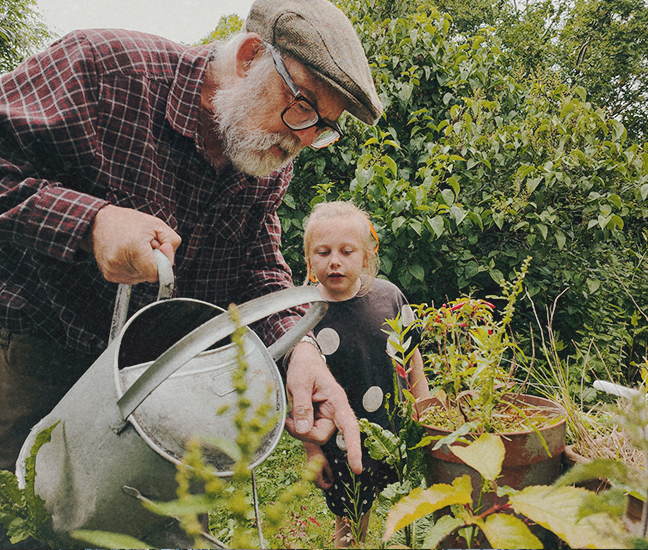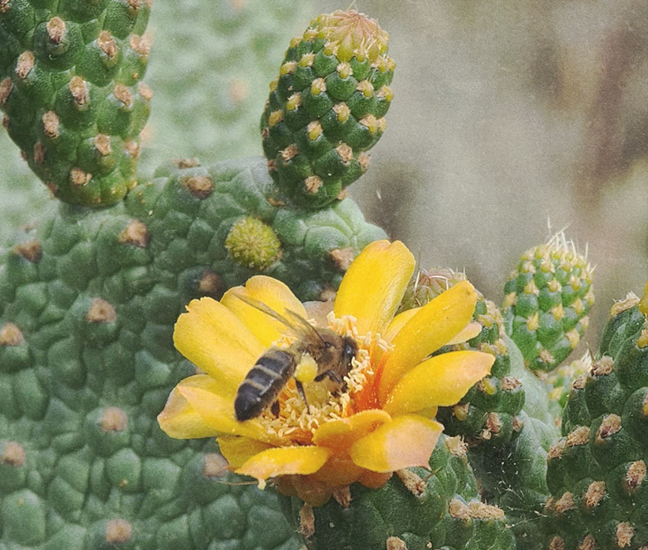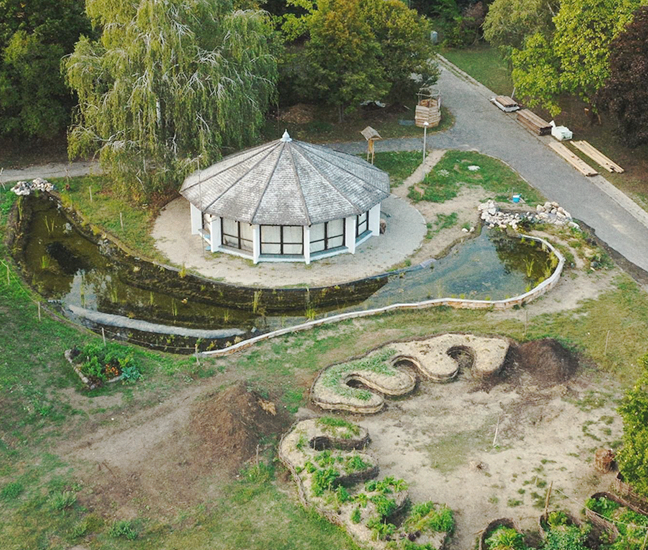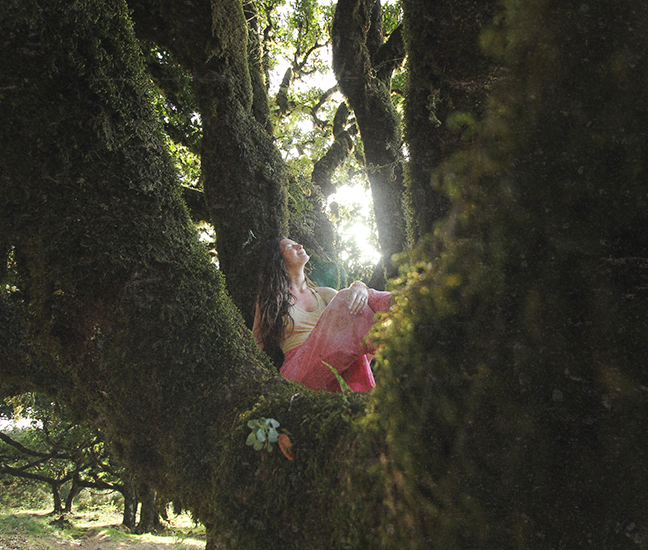Crash-course
About Permaculture
Lessons in a nutshell
Permaculture is a conscious design approach, which encourages the creation of harmonious, sustainable, productive, diverse, and resilient ecosystems while taking into account personal and cultural habits and necessities. It is a powerful tool to facilitate a mutually beneficial people-planet relationship.
The concept, ethics, and principles of permaculture were composed by Bill Mollison and David Holmgren, and first published in 1978. Nevertheless, similar mindsets have been the rudiments of indigenous communities’ relationship with Earth and land for millennia. All these sources about permaculture highlight the sustainability of the practices and ensure the accessibility of this alternative for everybody.

3 ETHICS
Permaculture systems are based on 3 Ethics: Earth care, People care and Fair share. These fundamental ethics of permaculture intend to balance environmental friendliness, social responsibility and overall prosperity. When they all meet in integrity, the system is deemed to be sustainable.

12 PRINCIPLES
The design process is guided by the 12 Principles, which underline the collaborative approach between land and man. They are the main guidelines for planning, implementation and maintenance, as they allows us to act based on a holistic sustainability mindset.

TECHNIQUES
There are several Techniques that are commonly used within a design. Even though these methods are rightfully associated with the term “permaculture”, they always need to be viewed as just an element of a holistic system.
Mindset of Permaculture
and how we walk in the world
- Solution within the problem – Permaculture mindset offers innovative and creative alternatives to challenging situations. It only depends on the perspective and creativity whether something is a problem or a solution.
- Infinite yield – The yield of a sustainable system is theoretically unlimited due to its circularity. When we approach a landscape with open eyes and mind, we can discover its true abundance.
- Big impact through least change – Our aim is to generate the greatest positive effect with the smallest amount of disturbance and energy input, by collaborating with the flow of the existing conditions.
- If you mention it, carry out – This is a common saying in permaculture circles. It encourages us to take responsibility over our ideas. It transforms the “would be nice” into real action and tangible reality.
“Permaculture is an integrated, evolving system of perennial and self-perpetuating plants and animal species useful to man.”
Bill Mollison and David Holmgren – 1st definition of Permaculture
JOIN THE TRIBE
If you would like to get more involved in the world of permaculture and get to know our lovely local community, feel free to reach out and join us on upcoming events or educational workshops about permaculture.

